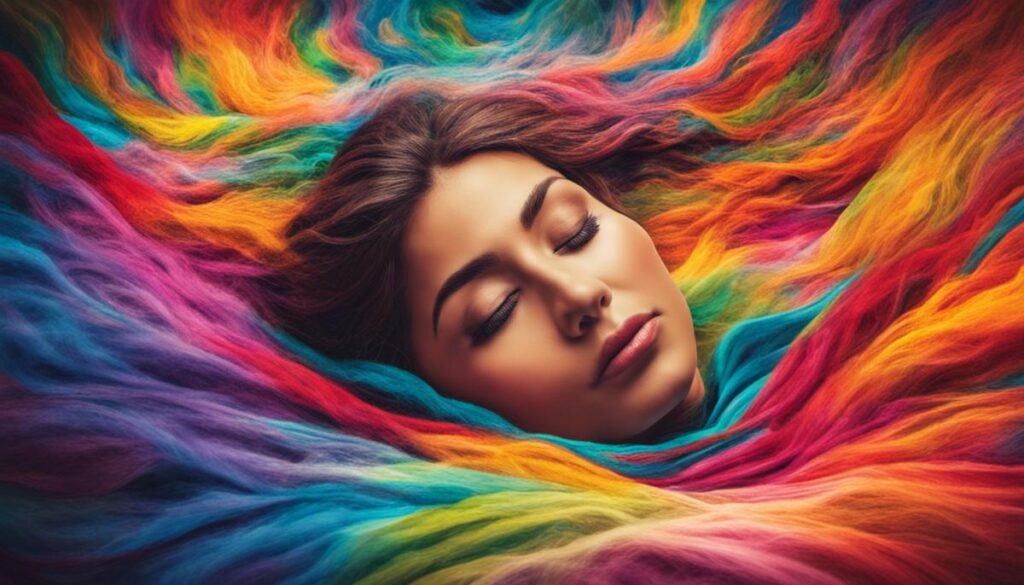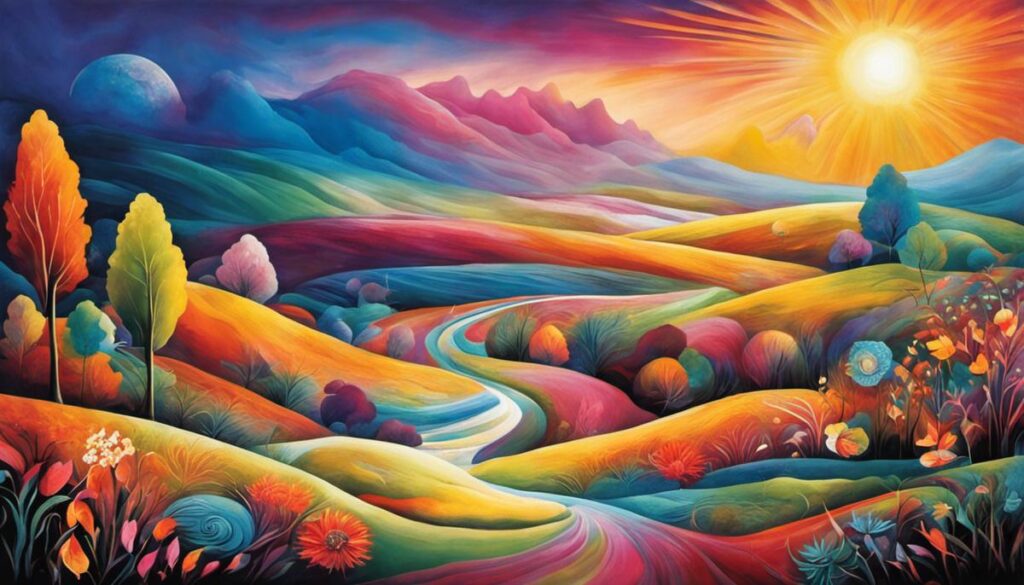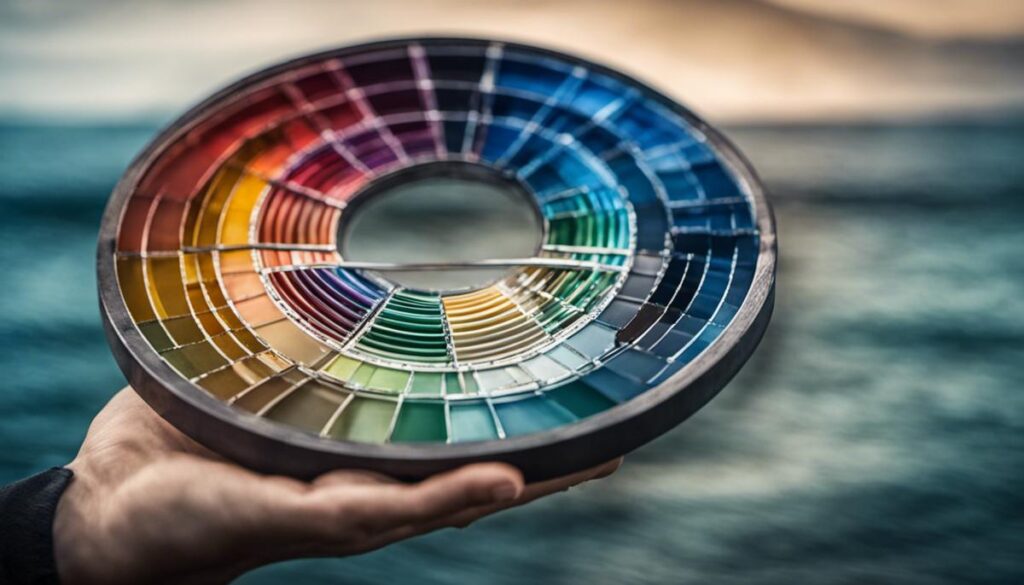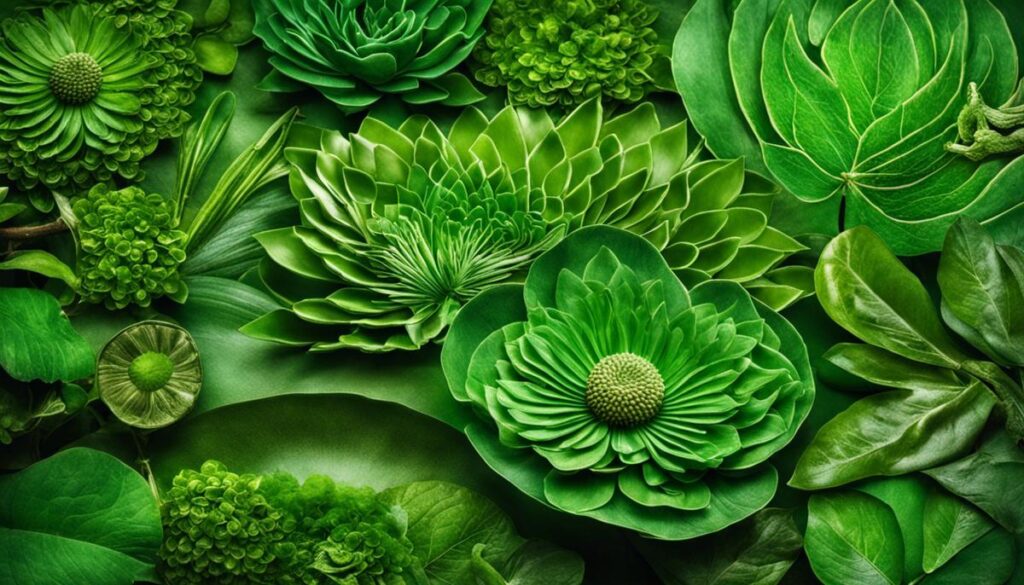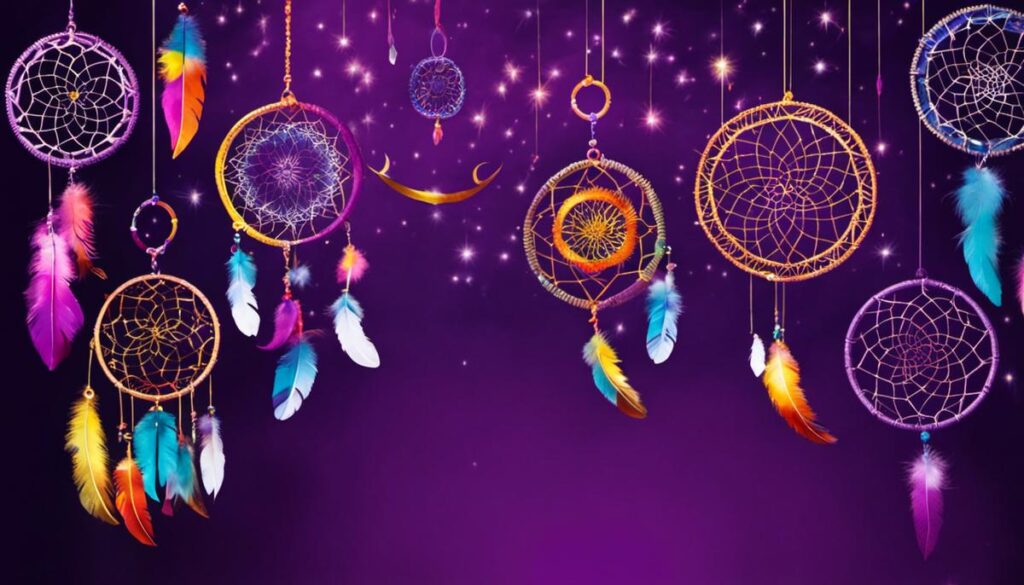As the veil of sleep descends, our minds embark on journeys uniquely their own, unfurling stories and scenarios that make up our dreams. Oversaturated with symbolic meanings and enigmatic impulses, dreams have often remained a focus of psychological research and analysis. Yet, the singularity of dream interpretation often brushes the realm of color and the significance it portrays in our subconscious. Colors, not just existing as visual elements in dreams, in fact, unearth deeper symbolic meanings and emotions tied intricacy to the individual’s psyche. This exploration delves into the fascinating landscape of dream psychology with a spotlight on color, unraveling the theories, and explaining the complexity and connotations allied with different hues in your dreams.
Understanding the Concept of Color in Dream Psychology
Understanding Color in Dreams: The Psychological Perspective
The interpretation of colors in dreams has long been of interest in the field of psychological studies. Groundbreaking psychoanalysts such as Sigmund Freud and Carl Jung were among the early pioneers studying the symbology of dream color. According to Jung, dreams are a way of communicating with the unconscious mind. He posited that colors in dreams are significant and carry their symbolic meanings.
Color Symbolism in Dreams
Different colors in dreams carry different meanings. For instance, dreaming in black and white might represent an individual’s lack of enthusiasm or depression, while dreaming in red might be linked to feelings of passion or anger. In contrast, green is often associated with growth, healing and emotional tranquility.
Blue often symbolizes spirituality and peace, while yellow signals positivity, energy, and intellect. Purple, on the other hand, is connected with compassion and high ideals. A dream incorporating orange might reflect an person’s sociability and lively personality, while brown can signify practicality, material success, or even deprivation depending on the context of the dream.
Color in Dreams as a Communication Tool
Colors in dreams are believed to communicate emotions and feelings that our conscious mind may be struggling with or suppressing. For example, dreaming in vibrant, bright colors might indicate optimism and high energy, whereas dull or dark colors could signify feelings of sadness or depression.
Influence of Culture on Dream Color Meaning
The cultural background of a person can also influence the symbolism and interpretation of dream colors. Cultural norms and perceptions of color symbolism can shape the meaning assigned to colors in dreams.
For example, while white usually symbolizes purity and innocence in Western cultures, in some Eastern cultures, it’s associated with mourning and death. Similarly, in Western cultures, black often symbolizes evil and death, but in some African cultures, it’s considered a color of maturity and masculinity.
Understanding the Meaning of Recurring Colors in Dreams
Dreaming in color, particularly recurrent ones, holds significant meaning. It’s suggested that if a specific color continually appears in your dreams, our subconscious mind might be trying to convey a critical message linked to the symbolic representation of that color.
By recognizing and decoding the symbolism of these colors in your dreams, you might be able to gain a broader understanding of your emotional state and underlying thoughts and feelings. Although interpretations of these dream colors can differ greatly, they are instrumental in unlocking the encrypted messages our dreams may hold.
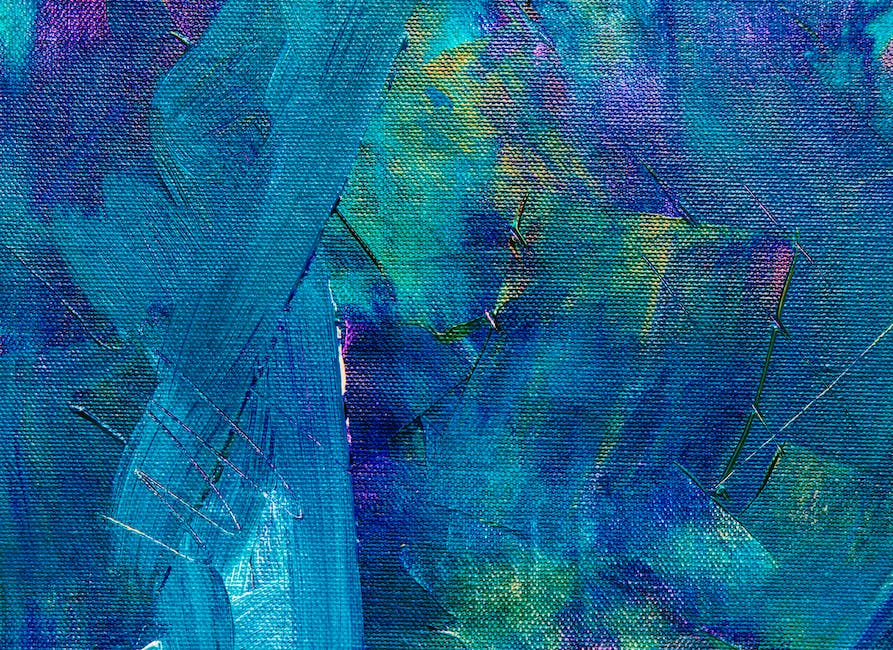
The Psychological Interpretation of Color dreams
The Application of Color Psychology to Dream Interpretation
The concept of color psychology, which explores how colors influence our mood, behavior, and physiological responses, extends its relevance to our dreams. Colors in dreams are perceived to symbolize ourselves or major facets of our lives. But it’s crucial to note that their meanings can shift significantly based on one’s personal interpretation, cultural background, and life experiences.
Interpreting Red in Dreams
Dreaming in red often symbolizes strong emotions, including love, anger, and fear. It’s associated with passion and intense feelings, be it lust, aggression, or danger. Red can also represent courage or power in some situations. In eastern cultures, red signifies luck, prosperity, and celebration.
The Meaning of Blue in Dreams
Blue in dreams is typically related to calmness, tranquility, and spirituality. It can reflect a sense of peace and stability. It might also symbolize communication because of the throat’s blue chakra in many spiritual traditions. On the other hand, sadness and depression are also linked to blue due to the term “feeling blue.”
Understanding Green in Dreams
Green dreams often hold associations with nature, growth, balance, and renewal, relating to personal growth or a fresh start. It’s also the color of money in some cultures, so it might indicate concerns or aspirations about finances. Health and healing are other aspects connected to green.
Decoding Yellow Dreams
Dreaming in yellow can be linked to mental activities and intellect due to its association with sunlight, optimism, and enlightenment. It can also denote joy, energy, and friendliness. However, yellow could symbolize cowardice or deceit in some contexts.
Black and White in Dreams
Black dreams often represent mystery, the unknown, or the unconscious mind. It could indicate fear, death, or significant changes in life. In contrast, white denotes purity, innocence, and truth. It’s connected to peace, hope, and new beginnings.
Purple Dreams and Their Meaning
Purple, being a blend of red and blue, combines the passion of red and the calm of blue. It’s often connected to spirituality, imagination, and wisdom in dreams. Violet dreams can denote deep emotion or unconscious thoughts.
Dreams in Brown Color
Brown is grounded and stable, often representing comfort, home, and earth. In dreams, it signifies practicality, material success, and resourcefulness but can also mean substance over style or drudgery.
Interpreting Orange in Dreams
Orange, a vibrant and warm color, often signifies energy, joy, and creativity in dreams. It can also stand for balance, individuality, and an outgoing nature.
General Overview
Dreaming in particular colors carries varied interpretations, given that meanings are largely diverse and subjective in nature. A comprehensive understanding can be achieved by considering the emotions, objects, and overall context of the dream in relation to the featured colors. Furthermore, the interpretation of these colors in dreams is significantly influenced by both cultural and personal experiences.
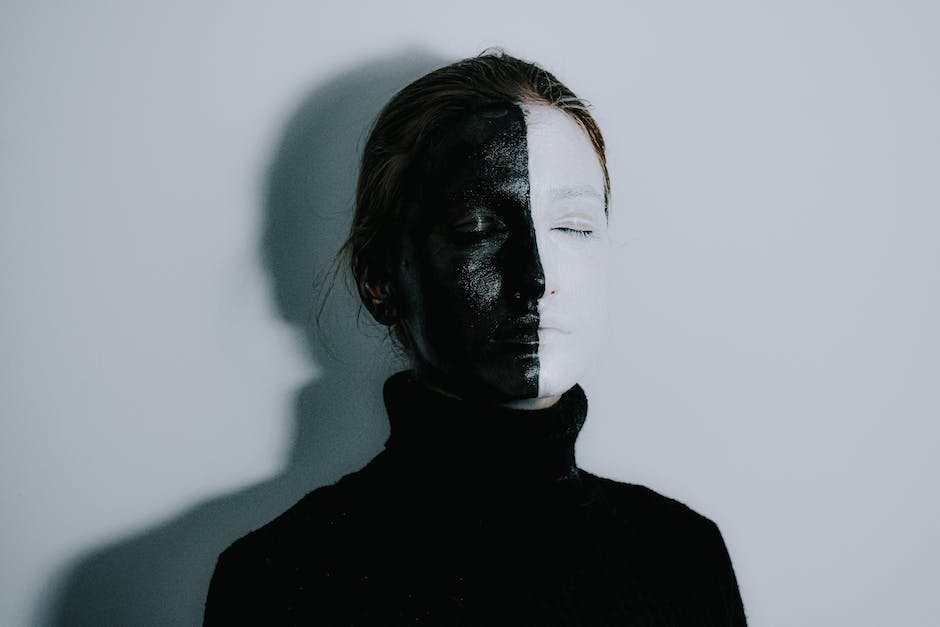
The Role of Personal Experience in Color dream Interpretations
Personal Interpretations of Colors in Dreams
One’s individual experiences and emotional contexts play a crucial role in interpreting colors observed in dreams. This indicates that a specific color in your dreams could represent different meanings based on your unique life events and emotional state.
For example, a person who has positive associations with the color red, perhaps due to cherished childhood memories or associations with loved ones, might interpret dreams with this color more positively than another individual who associates the same color with negative or traumatic experiences.
Psychological Associations with Colors in Dreams
The perceptions of colors in dreams can also be influenced by common psychological associations. Some typical psychological associations are inherent in certain colors, influencing their perception and interpretation in dreams.
For example, blue is commonly linked with feelings of calm and tranquility, while red might stimulate feelings of passion or anger. The presence of these colors in dreams can echo these feelings.
Circumstantial Effects on Dream Color Interpretation
The interpretation of colors in dreams can also depend on the dreamer’s current circumstances. For example, a person under a lot of stress might dream in darker, more muted colors that reflect their current state of mind. Similarly, someone experiencing a period of joy or success might dream in brighter, more vibrant colors.
Cultural Perspectives on Dream Colors
Cultural backgrounds can also influence the interpretation of colors in dreams. Different cultures have unique associations and meanings attached to various colors, which could carry over into dreams. For instance, white is often associated with purity and innocence in western cultures, but in some eastern cultures, it is linked with death and mourning.
The Role of Emotion in Color Dreams
Emotions can heavily influence the interpretation of color in dreams. This may be due to the fact that strong emotions can impact our perception of color in real life. For example, someone who’s feeling happy might perceive colors as brighter, while someone who’s feeling sad or depressed might perceive the same colors as duller or more muted. As such, the intensity and tone of colors experienced in dreams could be reflective of the dreamer’s emotional state.
Understanding the Intricacies of Dream Interpretation Through Color
Abstract interpretation of dreams can be both an enlightening and complex endeavor. The colors that present themselves in our dreams often guide us to interpret these experiences, albeit these experiences are deeply subjective and exclusive to each individual. To appreciate fully what these vibrant dream experiences try to convey, one must delve into their personal relationships with each color, their prevailing emotional state, current life situation, and the influences of their culture. It’s worth noting that dreams often carry multiple meanings and interpretations, adding layers of complexity to our nocturnal reveries.

Common Color Dreams and Their Meanings
Analyzing Colorful Dreams from a Psychological Perspective
Our dreams are mirrors reflecting the hues of our subconscious, shedding light on our emotions, ambitions, anxieties, and life experiences. Renowned psychoanalist Carl Jung proposed that colors in dreams hold significant symbolism, each representing different emotions or aspects of our personalities. Therefore, dreaming in color is an intensely personal affair shaped by individual experiences and feelings.
Consider this: a dream containing shades of red may symbolize feelings of anger, desire, peril, or bravery. On the flip side, variations of blue could imply feelings of calm, trust, or wisdom. Although every color embodies a spectrum of emotions or ideas, these interpretations can be further customized based on personal associations. So, an understanding of the dream’s context and your personal sentiments towards a certain color is essential when dissecting colorful dreams.
Color Dreams: Common Colors and Their Meanings
The most common colors reported in dreams are black, white, red, and blue. In Western cultures, black is often associated with loss, evil, or unconsciousness. However, in dreams, black can also symbolize the unknown and the unconscious. White, on the other hand, often symbolizes purity, innocence, or completeness. In dreams, white can also represent new beginnings.
Red dreams might signify strong emotions, energy, or primal instincts. However, they could also signal caution or a need to stop and assess a situation. In contrast, blue dreams evoke feelings of tranquility, spiritual insight, or satisfaction but can sometimes represent sadness or isolation.
Cultural Differences in Color Interpretation
Cultural backgrounds can substantially influence color interpretations. For example, in several Eastern cultures, white is the color of mourning, signifying death and loss, contrasting with its significance in Western cultures. Similarly, red might represent good luck and prosperity in cultures such as China, but can symbolize danger in others.
Personal Connections and Dream Colors
People may also have personal associations with certain colors that can impact how they interpret their color dreams. For example, if a person associates green with their grandmother’s home, dreaming about green might induce feelings of nostalgia and prompt reflections about their grandmother or childhood. The importance of personal associations increases the subjective nature of dream interpretation.
Dreaming in color allows for a more profound understanding of our emotions, experiences, and subconscious thoughts. It serves as a powerful tool to connect with our deeper selves and promotes mental wellness. Understanding common interpretations and considering potential personal associations or cultural influences can lead to more accurate dream analysis.

In the boundless domain of dream interpretation, the role of color serves as an intricate tapestry of communication, a bridge between your emotional and mental state and the surreal world of dreams. From smooth pastels to vibrant hues, each color encompasses a unique psychological interpretation that is further nuanced by personal experiences and cultural implications. Understanding the symbolism behind the colors in our dreams grants us a deeper peek into the private, unfiltered corners of our minds. Derived from common experiences and extensively studied psychological perspectives, this color-coded guide to dream interpretation provides a captivating and insightful glimpse into the enigmatic world we navigate in our slumber.

